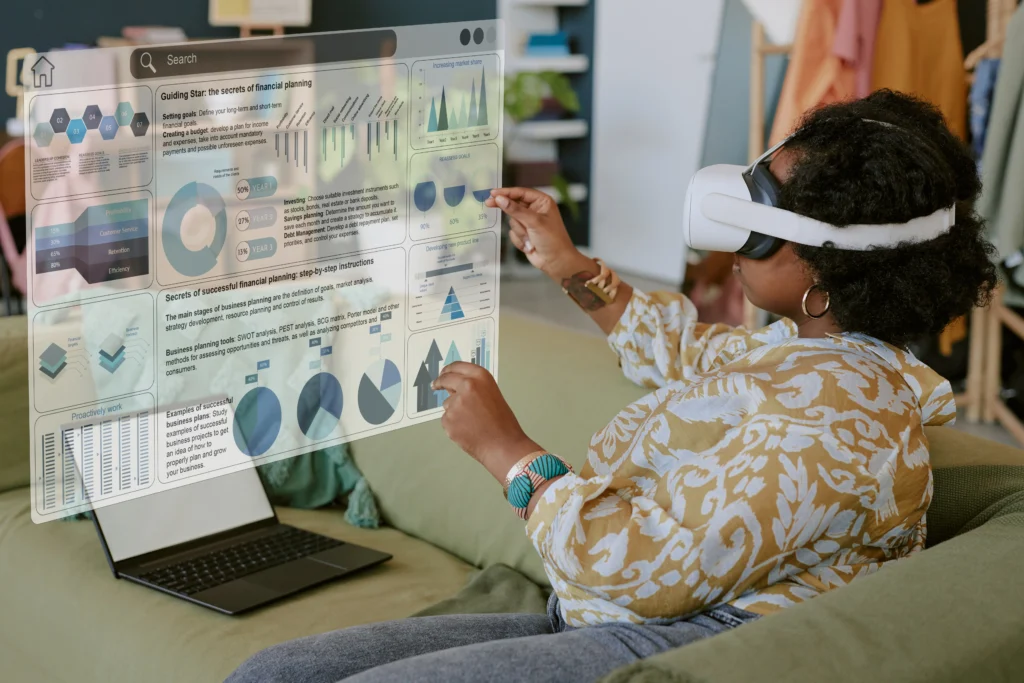
As digital experiences continue to evolve, font selection plays a crucial role in shaping user interaction. Whether it’s a website, app, or online platform, the right font can enhance readability, engage users, and contribute to the overall aesthetics of the design. In this article, we’ll explore seven of the best fonts for creating impactful interactive digital experiences, breaking down why each one excels in different contexts.
Open Sans is a widely used font for interactive digital experiences due to its versatility and readability. Developed by Google, this sans-serif typeface is optimized for digital interfaces, making it a great choice for websites, mobile applications, and user interfaces. Its clean lines and neutral appearance make it suitable for a wide range of projects, from corporate websites to creative portfolios.
Case studies, such as its use in the official websites of major companies like Mozilla and WordPress, highlight its effectiveness in creating user-friendly experiences that encourage engagement.
Roboto, another popular font developed by Google, is a geometric sans-serif that balances mechanical structure with friendly curves. It is especially well-suited for mobile applications and digital products due to its legibility and clarity on smaller screens. The font has been adopted by Android as the system default, making it a natural choice for developers and designers in the mobile ecosystem.
Statistically, mobile apps that utilize Roboto often report increased user engagement due to the font’s ease of reading and its compatibility with material design guidelines.
Lato is a sans-serif font designed with corporate and professional applications in mind. Its semi-rounded details give the font a unique elegance that stands out without sacrificing readability. Lato has become a go-to font for interactive digital experiences where sophistication and clarity are essential, such as in e-commerce, business websites, and SaaS platforms.
Successful use cases include brands like Slack and TechCrunch, which utilize Lato to create polished, professional digital experiences that emphasize usability and design clarity.
Helvetica Neue is a classic sans-serif font that has stood the test of time in both print and digital formats. Known for its clean, neutral aesthetic, Helvetica Neue is a popular choice for designers who want a timeless look that works well in any context. It is especially useful for interactive digital experiences that require a balance of modernism and tradition, such as online magazines, blogs, and content-heavy websites.
Major platforms like Apple have incorporated Helvetica Neue into their branding and interfaces, demonstrating its effectiveness in creating sleek and professional digital experiences.
Futura is a geometric sans-serif typeface that is often associated with modernism and precision. Its strong, clean lines and balanced proportions make it an excellent choice for interactive digital experiences that prioritize structure and order. Futura is commonly used in branding, advertising, and web design where a bold, forward-thinking look is required.
Notable companies like Nike and Volkswagen have used Futura to create impactful digital campaigns, capitalizing on its precision and clean aesthetic.
Montserrat is a sans-serif font inspired by urban signage from the Montserrat neighborhood in Buenos Aires. Its bold and stylish look makes it a favorite for interactive digital experiences that aim to capture a youthful and energetic audience. Montserrat works particularly well in digital marketing, social media campaigns, and creative websites where a strong visual impact is essential.
Brands like Spotify and YouTube often incorporate Montserrat into their digital marketing strategies, leveraging its modern, energetic appeal to engage users.
Poppins is a geometric sans-serif font that combines playful design with practical functionality. Its rounded shapes give it a friendly and approachable appearance, making it a popular choice for interactive digital experiences focused on inclusivity and accessibility. Poppins is particularly well-suited for mobile apps, web design, and educational platforms, where ease of reading and an inviting tone are essential.
Poppins has been successfully used in platforms like Duolingo and Canva, where accessibility and user engagement are key components of the design strategy.
Choosing the right font for interactive digital experiences can make all the difference in how users engage with a platform. The seven fonts outlined above—Open Sans, Roboto, Lato, Helvetica Neue, Futura, Montserrat, and Poppins—each offer unique strengths in terms of readability, versatility, and aesthetics. By understanding the specific needs of your digital project and matching them with the right font, you can create a more engaging and user-friendly experience that enhances your brand’s message and goals.
In a world where digital experiences are becoming increasingly interactive, the role of typography cannot be understated. Whether you’re designing a sleek mobile app or a content-rich website, the right font can elevate the user experience and set the tone for your brand’s identity.